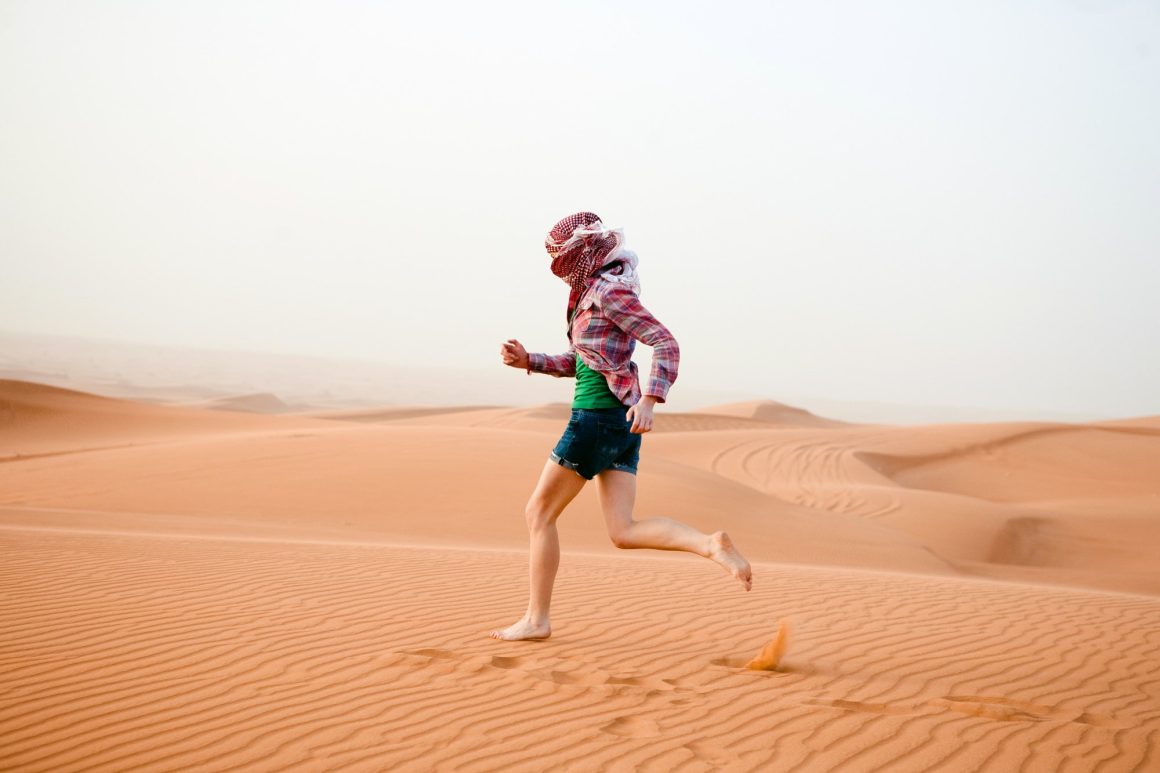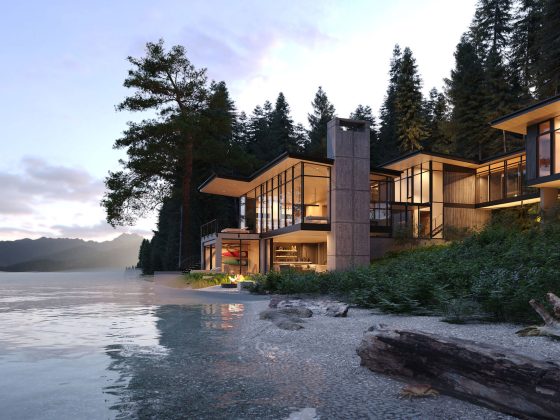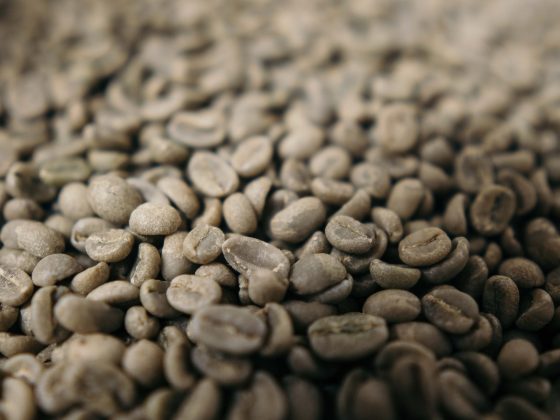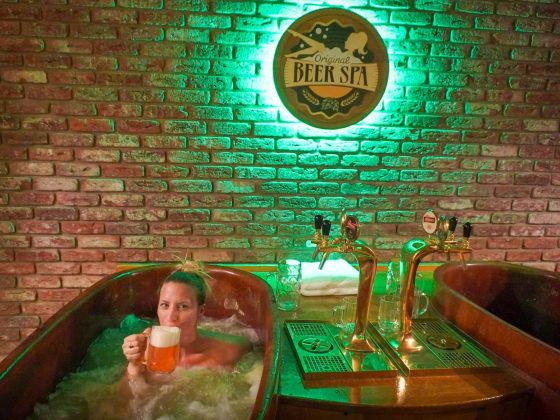The Marathon des Sables is a legendary endurance test that for years has attracted tough bikers from all over the world. If you are thinking about joining, there are a few things you need to know first. This blog post will give you an overview of what to expect overall, from the rugged terrain to the absurd weather conditions. We’ll also talk briefly about how to register for this wacky beating.
So if you’re looking for an extreme challenge, read on quickly – the Marathon des Sables is waiting for you!
The beginning: a brief bird’s eye view
In 1984, Patrick Bauer traveled to the Sahara Desert with plans to cross it solo. This 350 km (189 mi) of vast and uninhabited terrain had no villages, oases or watering holes – a daunting task for anyone. Let alone for someone who is completely self-sufficient with only a 35 kg backpack filled with water and food rations. Bauer’s trek lasted a total of 12 days and would evolve into the Marathon Des Sables (MDS): an infamous 251 km race through the Sahara heat.
The first MDS in the southern Moroccan Sahara took place in 1986. The 23 pioneers who were at the beginning at the time never dreamed that their footsteps would lead to a legendary event that today is not to be missed on the program of the great adventure sports meetings. Creating a non-mechanical race in the vast Moroccan desert therefore offers intrepid athletes an infinite number of new vistas.
In 1989 the race had 170 participants and since then the number has only continued to grow with now more than 22,000 participants since its inception.
About 30% of these ultra runners return annually for a dose of self-indulgence and eventual ultimate satisfaction.
The Mission
The Marathon des Sables is a seven-day, 251-kilometer race through the Sahara desert (including one rest day) that is certainly among the most difficult, yet most beautiful marathons in the world. The competition takes place in and around the city of Ouarzazate (southeastern Morocco). Everything there is to know about the route has been kept secret. The exact distance and route will be announced two days before the start. The distance between Ouarzazate and the finish line is 251 kilometers, which amounts to almost six marathons in one long trip.
While running this marathon in the Moroccan Sahara, you have to worry not only about completing the race, but also about keeping yourself alive. Each participant is responsible for bringing his own shelter (read tent) and food, among other things, which he carries with him throughout the race.
The following is a brief overview of your adventurous stay in Morocco:
Day 1: Departure to Morocco, arrival and engage bivouac (8-person tents)
Day 2: Administrative, medical and technical formalities
Day 3 – 8: The race of races (food self-sufficiency)
Day 9: Timed solidarity phase with food self-sufficiency
Day 10: free day, Ouarzazate
Day 11: Back home (to spend 2 weeks resting)
The challenge
So the Marathon des Sables, or “Marathon of the Sands,” traverses the Sahara Desert, which of course brings with it its share of inconveniences (to use a slight understatement). You pass sand dunes, mountains (up to 1,000 m high), parched rivers and parched salt lakes, which have large areas of gravel, stones and bushes, and there is rarely an oasis or settlement to recover from.
The average participant burns about 4,500 calories a day during the race, so must carefully ration his/her food.
The terrain is also very treacherous with its sand dunes, rocky mountains, and dry river beds. Temperatures can reach nearly 50 degrees Celcius (120 degrees Fahrenheit) during the day, dropping to just above freezing at night. As if that weren’t enough, there are also poisonous snakes and scorpions that you may want to consider. In short, the Marathon des Sables is not exactly for the faint of heart.
Good to know before you start at all
No worries: several safety measures are in place to prevent participants from being put at risk. There will be a helicopter flying continuously over the event, making sure everything is safe. Medical personnel will also be present in large numbers.
To give you an idea of the logistical support, the following is a small (incomplete) list:
– 450 support staff in total
140 volunteers on the course itself
– 162 000 liters of mineral water
– 515 tents
– 140 all-terrain vehicles
– 2 helicopters
– 2 camels
– 5 quads to ensure safety
– 60 medical staff
– 6,5 km Hansaplast, 2700 Compeed blister plasters, 19000 compresses
– 6000 painkillers, 150 liters of disinfectant
– 1 mounting bus, 5 cameras, 1 satellite image station
– 10 satellite phones, 30 computers, fax and internet
You are not allowed to help individuals across the finish line, but if you need it badly there will always be someone there to help you.
This war of attrition usually takes place between late March and early April. Around this time, the daytime temperature in Morocco is around 25 to 30°C, but at night you’re dealing with temperatures between 7 and 11°C. Just remember that your wind chill will increase by about 8-10°C during the run.
Each participant must be examined by a doctor beforehand and athletes are given 1.5 liters of water every 10 to 12 kilometers and a specialized medical team is on hand in case of emergency.
Do you dare to take on this mission?
To register for the Marathon Des Sables, you must first visit the race website. There you can find all relevant information about the race and how to register. The registration fee is € 3200 and given its popularity, it is important to register well in advance if you want to participate (think about 2 years). In addition, a passport valid for at least 6 months is required to enter Morocco. No visa from Europe is required for Morocco, something that makes the competition a little more accessible.
Famous last words
So the Marathon des Sables is definitely not a race to be taken lightly. If you want to brave this beast, make sure you are well prepared both physically and mentally and that you have everything you need before you set out. With proper preparation and good advice from blogs by those who have gone before you in completing the Des Sables marathon, there is no reason why you cannot accomplish this incredible feat. Just don’t forget to bring plenty of water and a fire extinguisher for the swollen and blistered feet.
We wish you good luck if you are inspired by this story and dare to take the challenge!









